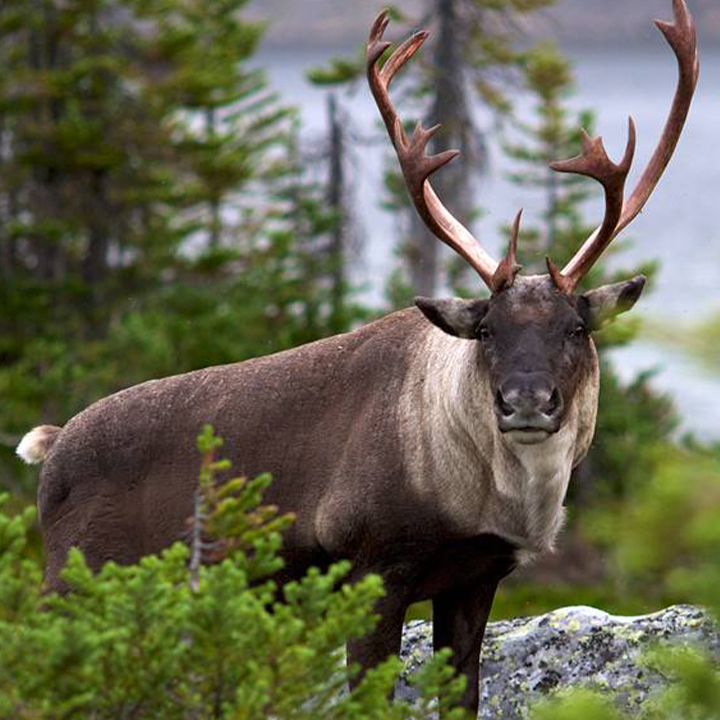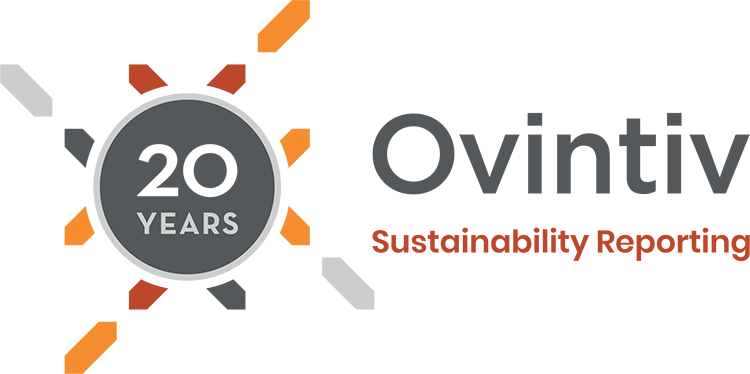BIODIVERSITY
We follow a rigorous site assessment program to help ensure sustainable management of land and water resources, wildlife and habitats during our operational lifecycle. Developed by in-house biologists and environmental specialists, our process aligns development plans with a thoughtful approach to ecosystem stewardship.
Identification
During site planning and development, we identify wildlife, habitats and areas with high biodiversity conservation value and cultural significance.
Assessment
Internal and external biologists and environmental specialists complete technical assessments to evaluate our development plans, determine risk levels and recommend mitigation strategies when required.
Management
Our goal is to reduce impacts, particularly to wildlife and habitats and their features such as wetlands and old growth forests. Avoidance, minimization, and mitigation are the strategies we apply to manage risk for biodiversity at a site-specific level. Avoidance is the preferred strategy, but where we cannot avoid, we aim to minimize or mitigate our potential impact given site-specific factors.
SPOTLIGHT
VOLUNTEERING WITH CONSERVATION PARTNERS
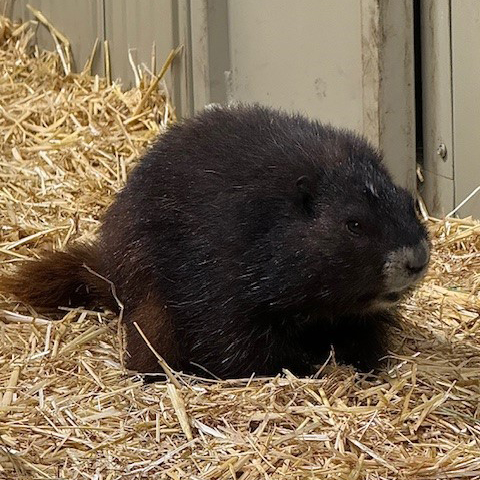
Our Process in Action: Managing Impacts to Wildlife
Adjusting Plans to Manage Impact
In fall 2024, as part of our project planning and assessment process for the construction of a wellsite in our Canadian Operations, our team identified an unmapped stream, mature forest and a mammal den near or within the proposed project footprint. As recommended by our in-house biologist, some aspects of the project were moved in order to manage our impact on these unmapped features, demonstrating our efforts to avoid impacts when possible.
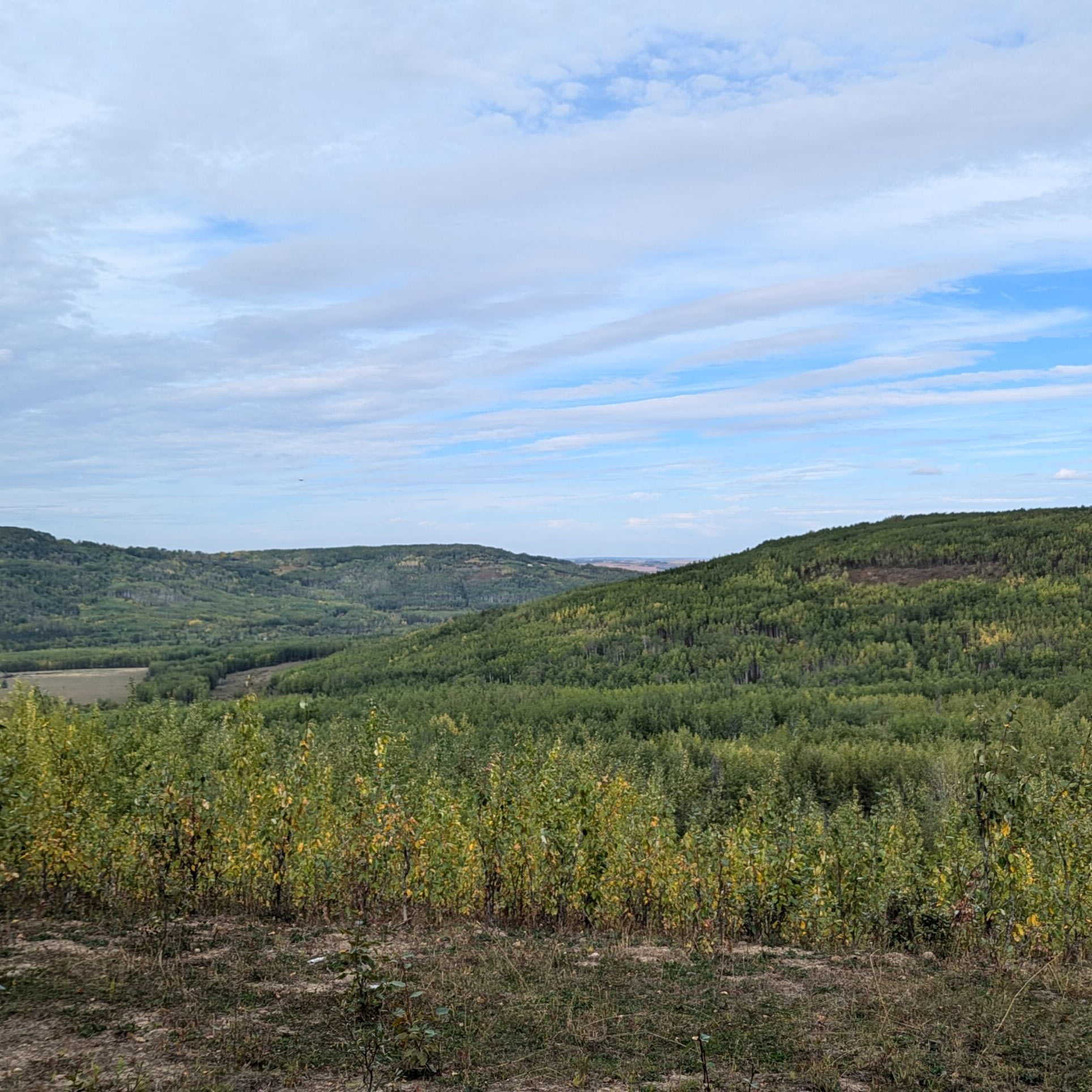
Reporting Sightings to Support Mitigation
In summer 2024, Ovintiv’s environmental consultants were preparing a restored site in British Columbia for tree planting when they observed two caribou, including one calf, near the site. Sightings like these are an important reminder of the value of restoration activities and are reported to Ovintiv biologists to help them apply appropriate mitigation strategies for projects in the area.
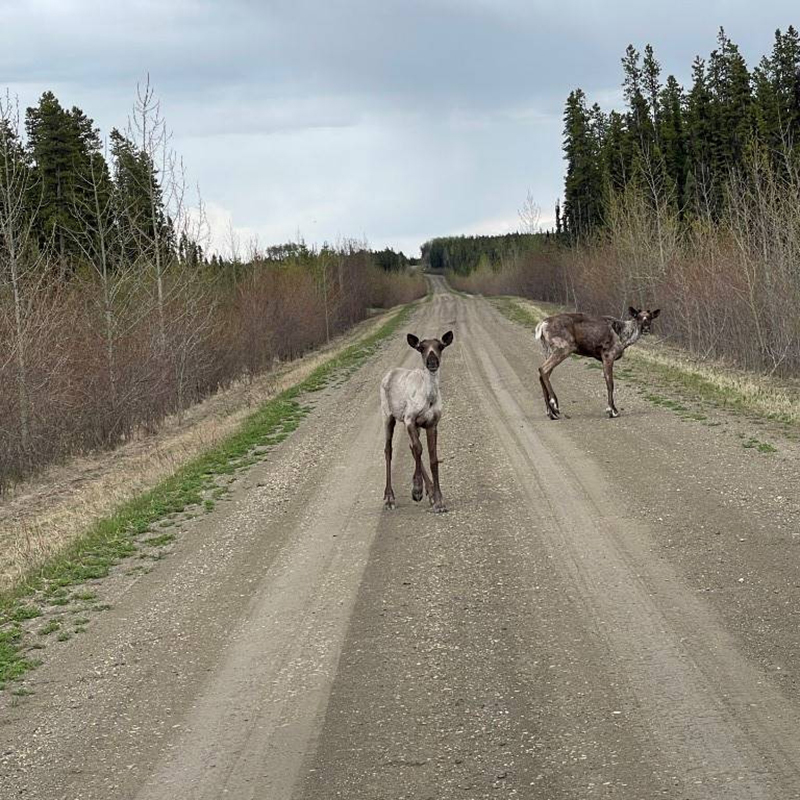
Revisiting our Successes: Toads and Turkeys
Previously, we shared a story about how our team paused a project in our Canadian Operations when hundreds of Western Toad tadpoles, a federal species of Special Concern, were identified during routine wellsite reclamation activities. After the tadpoles developed into terrestrial toadlets and exited the waterbody safely, our team ensured that suitable habitat for the toads would be maintained upon completion of the project. But one question remained – would the toads return? A post-reclamation site visit in 2024 confirmed that they did! Toadlets were observed utilizing the habitat feature that was created, making this portion of the reclamation a success!
Additionally, our partnership with the National Wild Turkey Federation to restore previously disturbed land to native grasslands to create habitat for wild turkeys, pollinators and other wildlife was featured in the January/February 2025 issue of Turkey Call Magazine.
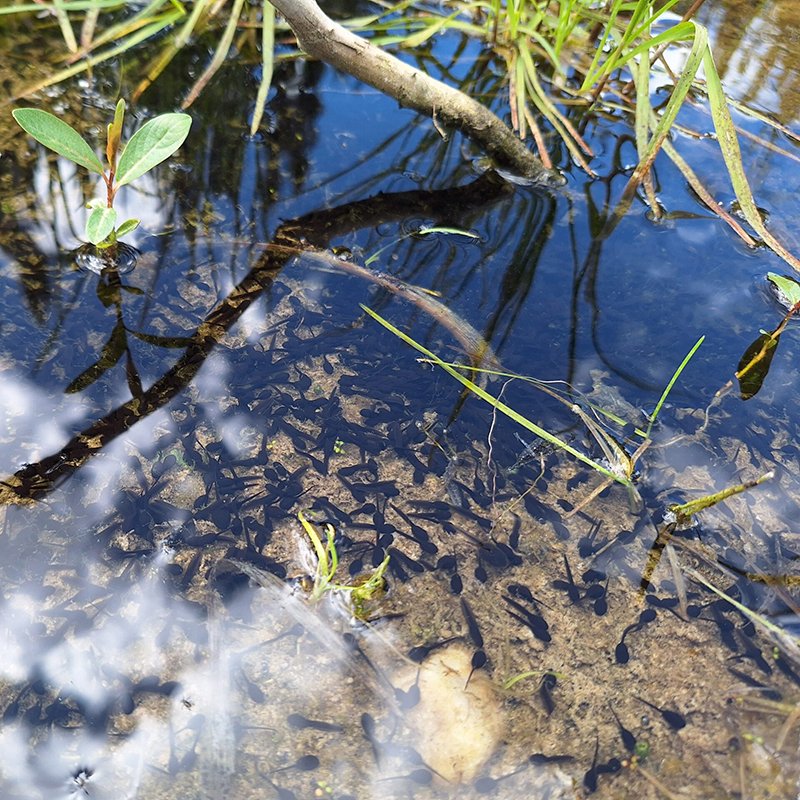
Assessing Biodiversity in our Operations
After an internal biodiversity assessment of our operating areas, we concluded that at December 31, 2024 we did not have proved or probable reserves in or near the following sites with protected conservation status or endangered species habitat:
- Ramsar Wetlands of International Importance
- UNESCO World Heritage Sites
- Biosphere reserves recognized within the framework of UNESCO’s Man and the Biosphere Program
- Natura 2000
As we integrate newly acquired assets into our portfolio, we will reassess our status with respect to these protected areas.
